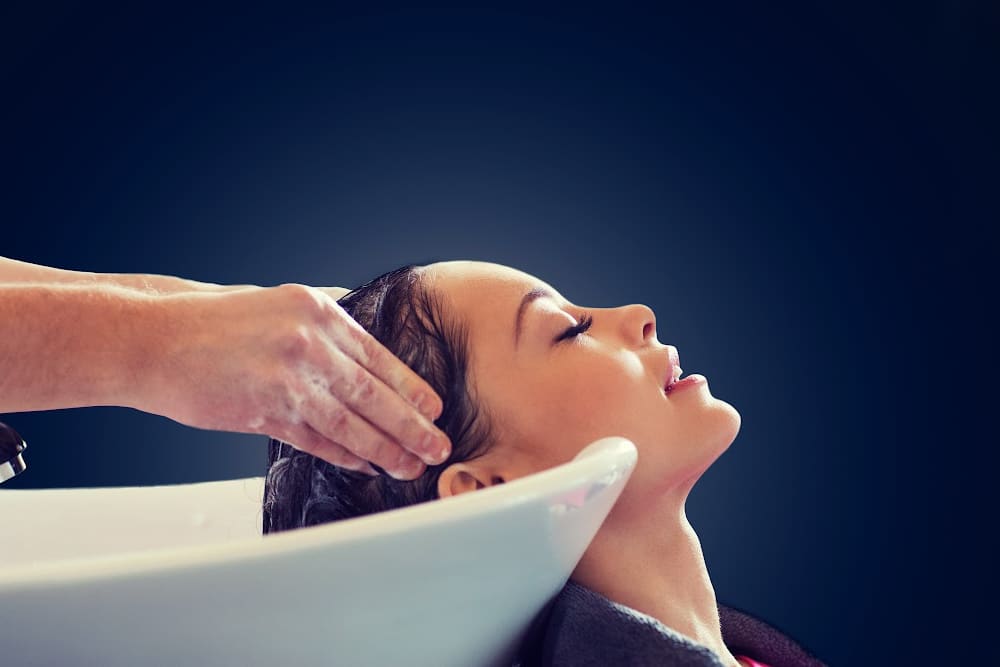Hair relaxers have been a staple in the beauty routines of many individuals seeking to transform their naturally curly or kinky hair into sleek, straight styles. These products, often touted for their convenience and effectiveness, utilize potent chemicals to break down the protein structure of hair, making it easier to manage and style. However, the allure of straight hair comes with significant risks, as the chemicals used in relaxers can have damaging effects on both the hair and scalp over time. Understanding the full scope of potential hair damage is essential for anyone using or considering the use of hair relaxers, as it enables informed decisions about hair care practices and the necessary precautions to minimize harm.
The importance of being aware of the signs of hair damage cannot be overstated. Proactive hair care, including recognizing early symptoms of chemical damage and adopting healthier hair practices, can prevent long-term adverse effects. This article aims to shed light on the eight common signs of hair damage caused by hair relaxers, offering practical advice to mitigate these issues. By taking these steps, individuals can better protect their hair and scalp, ensuring that their beauty routine enhances rather than compromises their hair health. Whether you are new to using relaxers or have been using them for years, this guide provides valuable insights to help you maintain strong, healthy hair.
1. Scalp Irritation and Sensitivity
One of the most common signs of damage from hair relaxers is scalp irritation. The harsh chemicals, particularly sodium hydroxide and calcium hydroxide, can cause redness, itching, and even burning sensations on the scalp.
This discomfort is often a result of improper application or leaving the relaxer on for too long. To minimize irritation, always follow the instructions provided by the manufacturer and consider consulting a professional stylist for application.
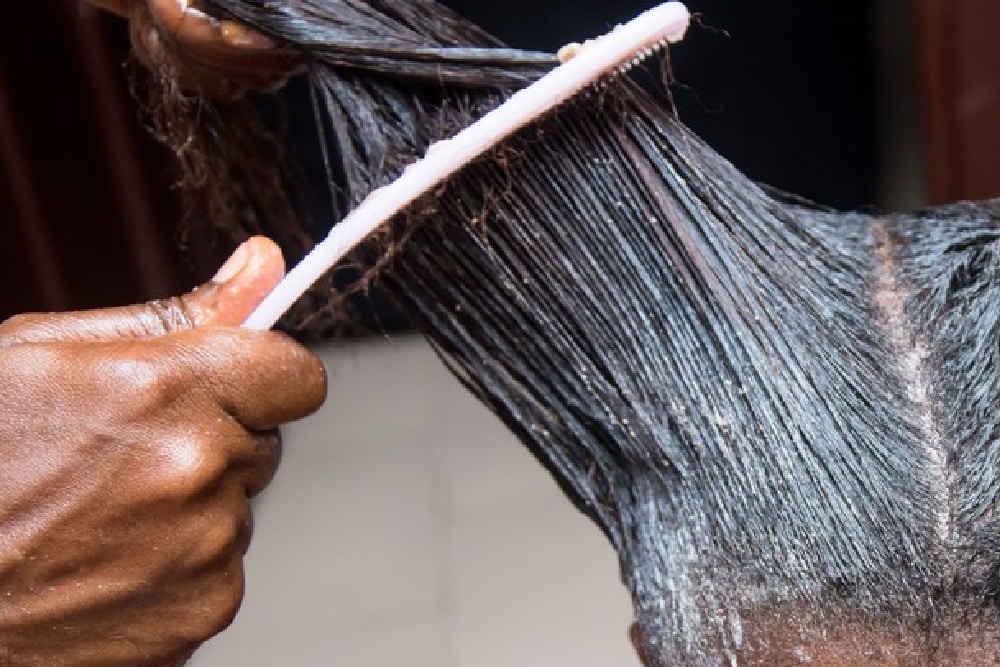
2. Hair Damage, Breakage, and Split Ends
Chemical relaxers work by breaking down the protein bonds in hair, which can weaken the hair shaft over time. As a result, you may notice increased breakage, especially near the ends of your hair.
Split ends are another common form of hair damage, where the hair shaft splits into two or more strands. To combat breakage and split ends, incorporate regular deep conditioning treatments and trim your hair regularly to remove damaged ends.
3. Thinning Hair and Hair Loss
Prolonged use of relaxers can lead to hair thinning and, in some cases, hair loss. This occurs because the chemicals can damage the hair follicles and inhibit healthy hair growth.
If you notice significant thinning or shedding, consider giving your hair a break from relaxers and opting for protective hairstyles that minimize hair damage and tension on the scalp.
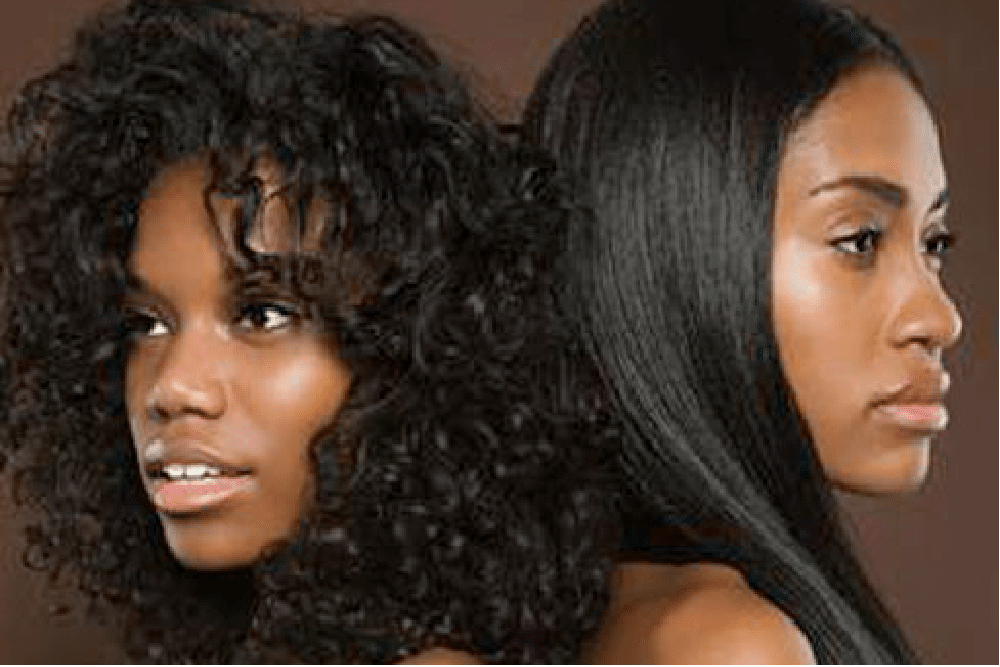
4. Unusual Health Symptoms
If you’re experiencing symptoms beyond hair damage such as pelvic pain, breast tenderness, reproductive issues, or abnormal menstrual bleeding, you may be suffering from a serious health condition due to chemical exposure. Many hair relaxers contain chemicals such as formaldehyde, parabens, and phthalates, which have been linked to an increased risk of cancer. Continuous exposure to these chemicals through hair relaxers has been linked to increased uterine cancer among african american women.
If you’re a victim of such toxic hair relaxers, you’ve the right to claim compensation. You can click for expert hair relaxer lawsuit help to find the best lawyer who can help you file the claim and get the compensation you deserve.
5. Dry and Brittle Hair Texture
One of the most noticeable effects of hair relaxers is a change in hair texture, often resulting in dry and brittle strands. The chemicals strip the hair of its natural oils and moisture, leaving it prone to breakage and difficult to manage.
To restore moisture and improve texture, use hydrating shampoos and conditioners formulated for chemically treated hair. Incorporate nourishing hair masks and oils into your routine to replenish lost moisture and improve overall hair health.
6. Scalp Burns and Chemical Damage
Scalp burns are a serious issue that can occur if the relaxer comes into contact with sensitive scalp tissue. This can happen if the relaxer is left on for too long or if the scalp is scratched or irritated before application. Scalp burns can not only cause hair damage but can also result in bald patches in the hair.
To avoid burns, always perform a patch test before applying the relaxer and protect your scalp with a barrier cream or petroleum jelly. If you experience severe burning or discomfort during the application process, rinse the relaxer out immediately and seek medical attention if necessary.
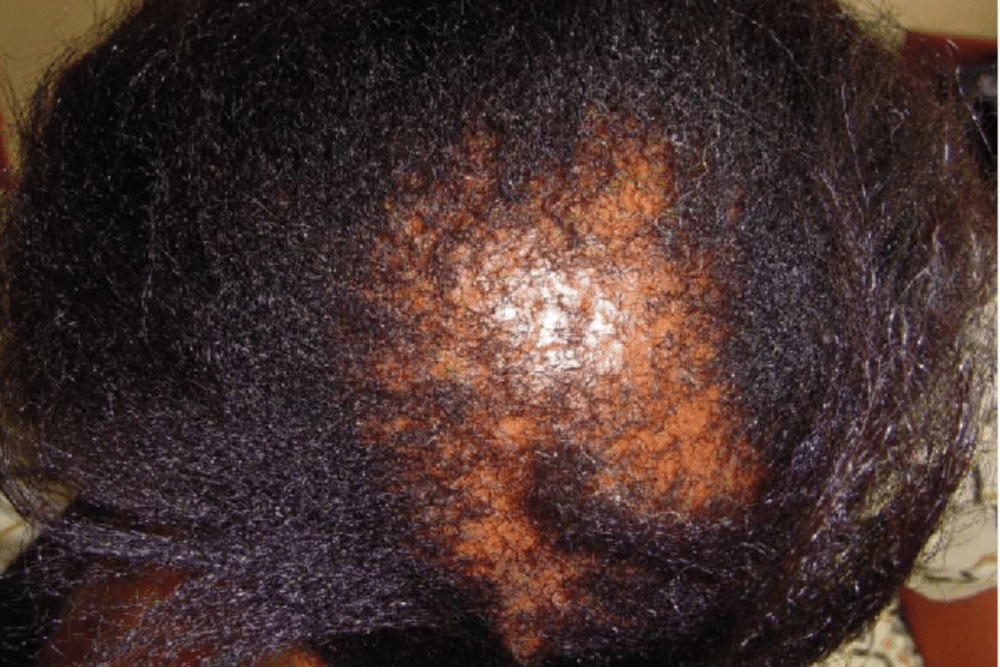
7. Allergic Reactions
Some individuals may experience allergic reactions to the chemicals found in hair relaxers, such as sodium hydroxide or guanidine hydroxide. Symptoms can range from mild itching and redness to more severe reactions like swelling or difficulty breathing.
If you have a history of allergic reactions or sensitive skin, always conduct a patch test before using a new relaxer product. Consider exploring alternative hair straightening methods that are gentler on the scalp and less likely to cause adverse reactions.
8. Changes in Hair Texture and Elasticity
Over time, repeated use of relaxers can alter the natural texture and elasticity of your hair. What was once thick and resilient may become thin and prone to breakage.
If you notice significant changes in your hair’s texture or elasticity, it may be time to reconsider your hair care routine. Explore heat-free styling options and embrace your hair’s natural texture to promote healthier, more resilient strands.
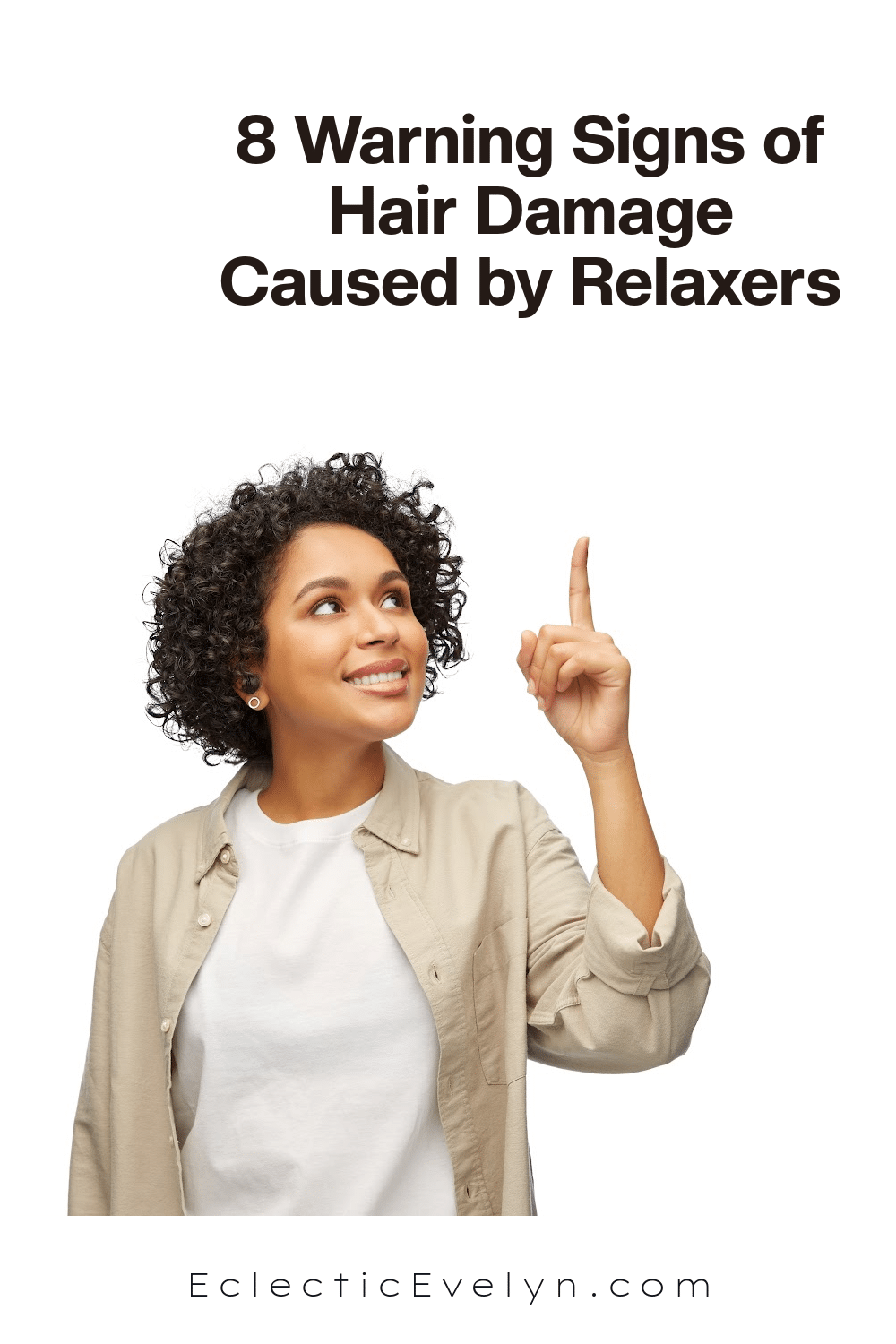
While hair relaxers offer an attractive solution for achieving straight hair, their use is not without significant risk and potential hair damage. The array of potential damages, from scalp irritation and hair breakage to more severe health concerns, underscores the importance of careful consideration and proactive hair care. Recognizing the early signs of hair damage—such as thinning hair, unusual health symptoms, and changes in hair texture—allows individuals to take timely action to protect their hair and scalp. Implementing strategies such as proper application techniques, regular deep conditioning treatments, and exploring alternative styling methods can make a substantial difference in maintaining hair health.
Ultimately, the journey to achieving the desired hairstyle should not compromise your overall well-being. Consulting with professional stylists or dermatologists can provide personalized advice and help address specific concerns related to the use of hair relaxers. Embracing your natural hair texture and opting for less damaging styling methods can also promote healthier hair in the long run. By prioritizing hair and scalp health, you can enjoy the benefits of beautiful, manageable hair without the detrimental side effects associated with chemical relaxers. Taking these steps ensures that your hair remains strong, vibrant, and resilient, reflecting not just external beauty but also a commitment to overall health.

